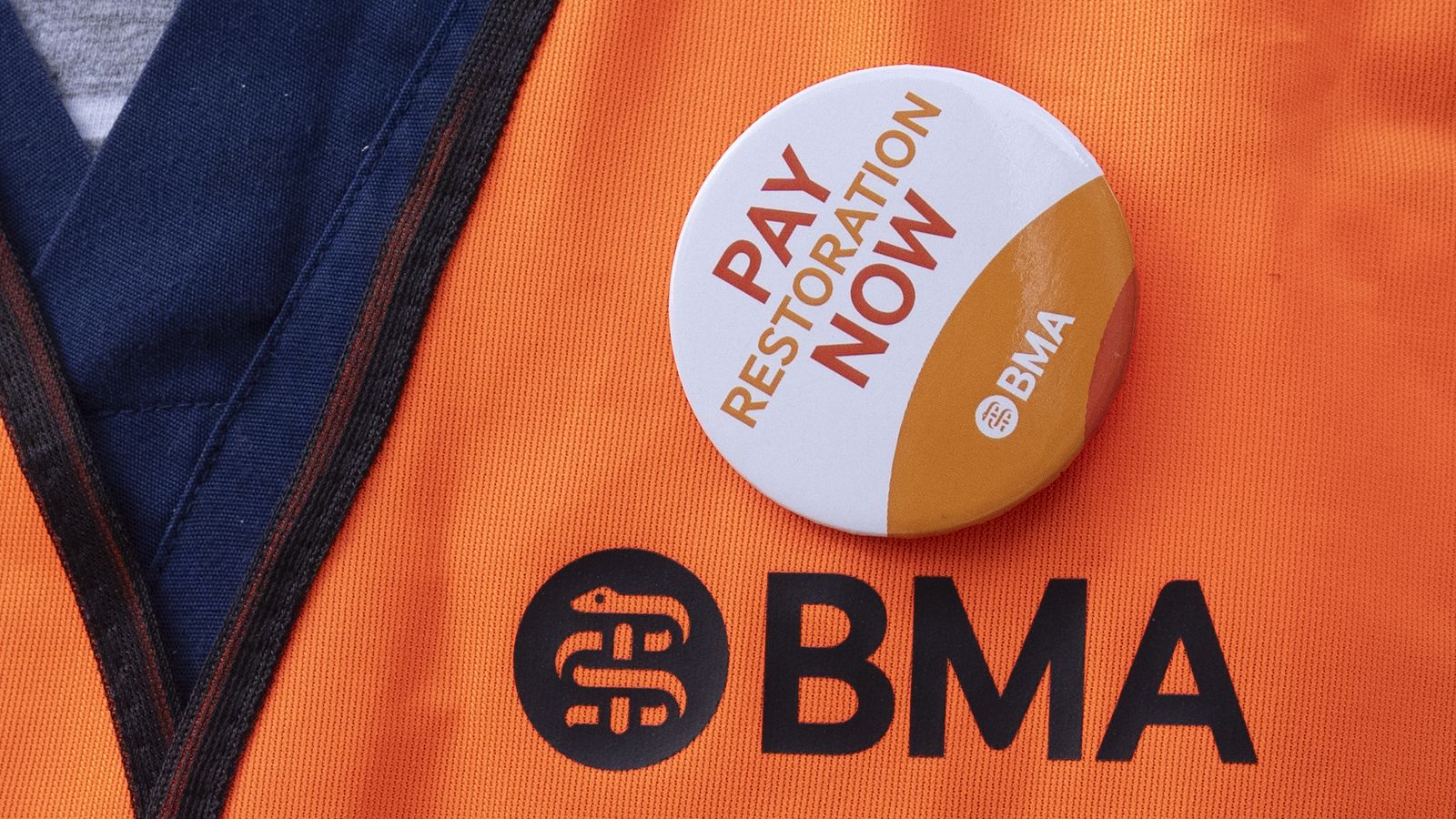Guide to GCSE results for England, summer 2023
Students receiving their GCSE results today can be proud of their achievements. There has been a return to pre-pandemic grading in England this summer, with grading protection in place to recognise the disruption that students have faced. This means that allowances have been made where national performance is weaker than before the pandemic. This has been part of a two-year, two-step plan to return to normal grading arrangements after the pandemic.
Students sitting GCSEs also received support in their exams this summer. In maths, physics, and combined science exams, students were given formulae and equation sheets, so there were fewer things to memorise for the exams. In GCSE modern foreign languages, the exams did not have to test unfamiliar vocabulary.
Dr Jo Saxton, Chief Regulator, said:
Congratulations to over half a million students collecting GCSE results today. They can be very proud of their achievements, which are testament to their hard work and resilience over the past 2 years. As with A level results last week, today’s GCSE results have returned to pre-pandemic levels, similar to those in 2019, and – as expected – lower than in 2022. Students have been at the forefront of our thinking at all times, which is why we built in grade protection to recognise the disruption that students have faced in recent years.
Key points
-
There has been a return to pre-pandemic grading this summer in England with protection in place for students. It is most meaningful to compare results to 2019, the last summer exam series before the pandemic.
-
GCSE entries from 16-year-olds have increased by over 400,000 compared to 2019, and there has been an increase in the 16-year-old population since 2019.
-
Overall GCSE results are similar to 2019. Outcomes at grade 7 and above are 21.6% compared with 20.6% in 2019, and outcomes at grade 4 and above are 67.8% compared with 67.0% in 2019.
-
The results for GCSE French and German reflect the adjustments we required exam boards to make, following our review of an extensive evidence base as part of our work on inter-subject comparability and subsequent announcement that we would aim to better align grade standards with Spanish.
Today (24 August 2023) we are publishing:
As in a typical year, the Joint Council for Qualifications (JCQ) has published results in England for GCSE, overall and by subject. These results are also shown in our interactive visualisation.
Centre type results
Ofqual has updated its interactive visualisation to show GCSE results for different types of school and college compared to previous years, overall and by subject. The centre type categories are based on the national centre number (NCN) register and are self-reported by centres.
Overall results for all types of school and college are broadly similar to 2019 at grade 7 and above. When students take exams, the same assessment arrangements apply to everyone. Any differences in outcomes compared to 2019 are likely to reflect differences in the impact of the pandemic, longstanding differences in the pattern of results for different centre types, and changes in the cohorts for particular centre types – for example, a stronger or weaker cohort this year.
Cumulative percentage outcomes by centre type – grade 7 and above
| Centre type | 2019 | 2022 | 2023 |
|---|---|---|---|
| Academies | 20.7 | 25.6 | 21.1 |
| Free schools | 19.6 | 24.5 | 19.6 |
| FE establishment | 0.9 | 1.5 | 1.0 |
| Independent | 47.2 | 53.1 | 46.6 |
| Other | 7.4 | 10.6 | 8.6 |
| Secondary comprehensive | 18.6 | 23.2 | 19.1 |
| Secondary modern | 13.6 | 16.8 | 14.1 |
| Secondary selective | 58.5 | 66.5 | 59.3 |
| Sixth form college | 1.1 | 1.6 | 1.4 |
At grade 4 and above, results for different types of school and college vary relative to 2019. This is likely to reflect the changing cohort in some types of centre. For example, there is a smaller post-16 cohort this summer compared to 2019, and these learners typically make up the majority of GCSE entries in further education establishments and colleges.
Cumulative percentage outcomes by centre type – grade 4 and above
| Centre type | 2019 | 2022 | 2023 |
|---|---|---|---|
| Academies | 69.3 | 74.6 | 69.4 |
| Free schools | 67.7 | 72.7 | 67.0 |
| FE establishment | 24.1 | 23.2 | 19.3 |
| Independent | 90.2 | 92.6 | 90.1 |
| Other | 37.8 | 43.7 | 39.2 |
| Secondary comprehensive | 67.6 | 73.2 | 68.1 |
| Secondary modern | 61.9 | 67.6 | 62.0 |
| Secondary selective | 96.9 | 97.9 | 96.8 |
| Sixth form college | 30.6 | 26.2 | 24.3 |
Centre variability
Ofqual’s interactive visualisation shows the level of variation in schools’ and colleges’ GCSE results compared to 2019. We know that, in any year, individual schools and colleges may see variation in the proportion of students achieving particular grades compared to previous years. This can be due to many different factors, including differences in the mix of students entered for particular qualifications, different teaching approaches, changes in teaching staff or teaching time, and changes to qualifications.
In general, there is slightly more variation in centres’ results this summer. This is not surprising, given that comparisons are being made over a longer time period (4 years). Our interactive visualisation allows users to explore variation in centres’ results for different age groups and sizes of centres.
Equalities analyses
Now that results have been issued, Ofqual will be repeating the equalities analyses we published in 2020, 2021 and 2022. Ofqual makes this information available so that the whole sector can understand qualification results and use this to inform policy making and practice. It is not possible for us to complete these more detailed analyses ahead of results being issued because final data from exams is only available very close to results days. We will publish this as soon as we can, in the autumn.
Our analyses consider whether the gaps between results for different groups of students have changed compared to previous years. When students take exams, the same assessment arrangements apply to everyone – students’ grades are solely determined by the number of marks they achieve in the assessments, and the same rules apply to everyone taking the same qualification. Any changes in the gaps between results for different groups of students are therefore likely to reflect long-standing differences in attainment, as well as any differential impact of the pandemic or other disruption. Qualifications are one part of the education system and they do not create these differences. Exams and other formal assessments are not the cause of attainment gaps, nor can they be the solution.
Grade boundaries
Exam boards have set grade boundaries this summer based on a combination of qualitative and quantitative evidence. As in previous years when exams took place, there has been an important role for examiner judgement in reviewing the quality of students’ work.
Grade boundaries typically change each exam series to reflect any differences in the difficulty of the assessments. This means that some grade boundaries are lower than 2019, while others are higher. The approach to grading this summer has protection built into the grading process so, irrespective of the grade boundaries, students can be confident that the disruption they have faced has been taken into account.
GCSE French and German
This summer we required exam boards to award GCSE French and German more generously. This follows our detailed review of an extensive evidence base as part of our work on inter-subject comparability and subsequent announcement in 2019 that we would seek to align grade standards in GCSE French and German with Spanish. Exam boards were required to make an upward adjustment in both French and German at grades 9, 7 and 4, as they did in summer 2022. This was taken into account during awarding and is reflected in the outcomes. We will review this after the summer and consider whether any further adjustments are required in future series.



